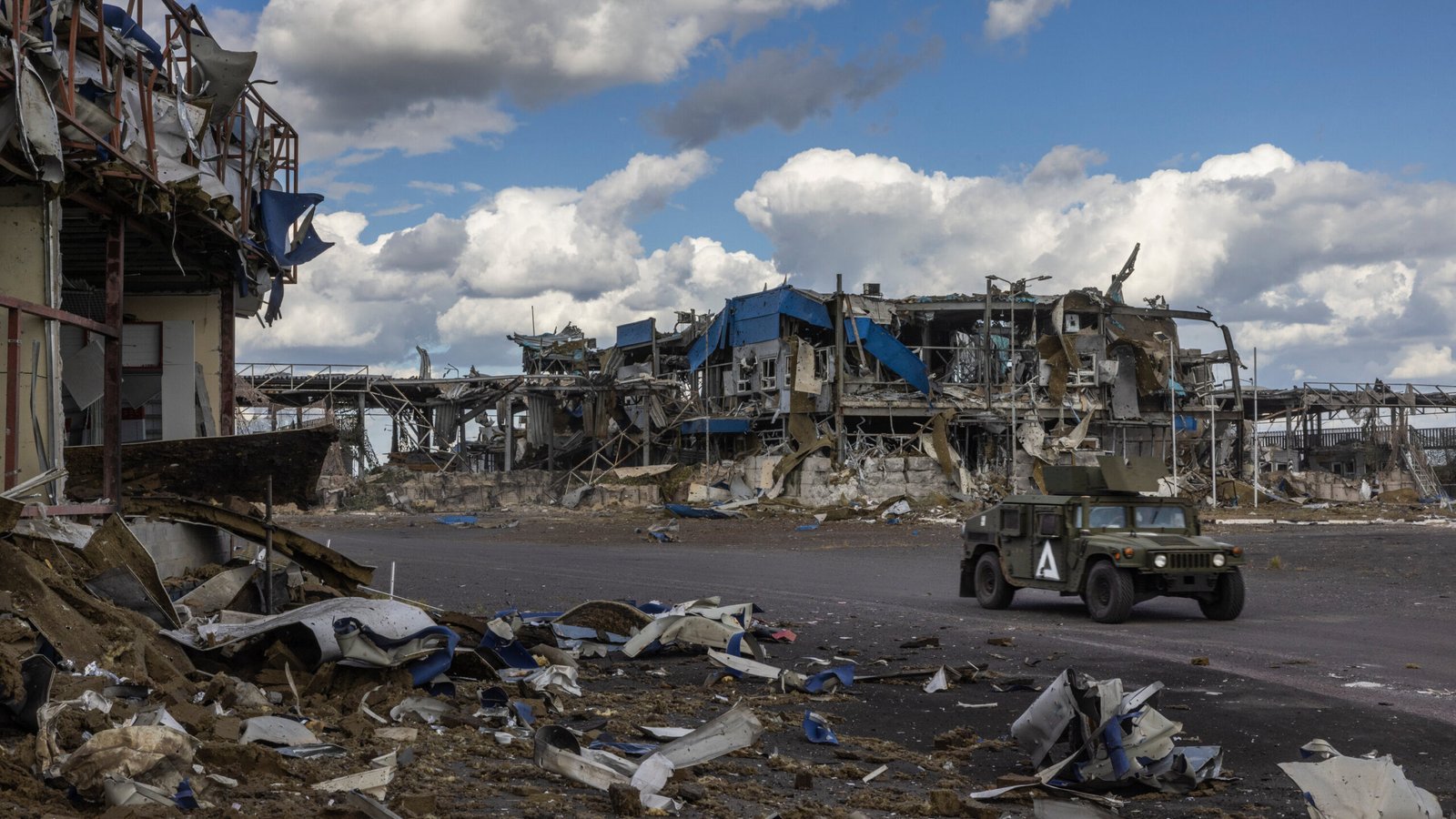Cost for Ukraine to cross the Russian border in attack mode, is becoming a crucial aspect. The ongoing conflict between Ukraine and Russia has drawn significant international attention, highlighting not only the geopolitical implications but also the immense costs associated with military strategies and territorial ambitions. This situation involves a complex interplay of military, economic, and political factors that make such an operation exceedingly costly and fraught with risks.
First and foremost, the physical and logistical challenges of launching an attack across the Russian border present substantial obstacles for Ukraine. The Russian border is heavily fortified, with an extensive network of defensive installations, including barriers, trenches, and military outposts. This defensive infrastructure is designed to deter and repel incursions, making any offensive operation a highly challenging and dangerous undertaking. For Ukraine to successfully breach these defenses would require a significant allocation of military resources, including advanced weaponry, personnel, and intelligence capabilities. The logistical demands of such an operation are immense, requiring careful planning and coordination to ensure that troops, equipment, and supplies can be effectively mobilized and sustained across potentially hostile territory.
Furthermore, crossing the Russian border and adopting an offensive posture carries substantial financial costs for Ukraine. The expenses associated with conducting large-scale military operations are considerable, encompassing everything from the procurement of advanced weaponry and ammunition to the costs of maintaining and operating military units in a combat environment. For a country already grappling with the economic strains of prolonged conflict, these costs represent a significant burden. The financial strain of such an operation could divert resources from other critical areas, including domestic infrastructure, social services, and economic development. The economic impact of an offensive operation could therefore exacerbate existing challenges and potentially hinder Ukraine’s long-term recovery and stability.
In addition to the direct financial costs, the potential for heightened international economic sanctions and repercussions must also be considered. A significant escalation of military activity, particularly if it involves crossing international borders and engaging in aggressive actions, could provoke a strong international response. Countries and international organizations might impose additional sanctions on Ukraine, further straining its economy and complicating its international relations. The economic fallout from such sanctions could undermine Ukraine’s ability to finance its military operations and sustain its economy, creating a precarious situation where the cost of military action could outweigh the potential strategic gains.
The human cost of crossing the Russian border and initiating an attack is another critical consideration. Military operations in a conflict zone inevitably result in casualties, both among military personnel and civilians. The loss of life and the physical and psychological trauma experienced by soldiers and civilians alike can have profound and lasting effects. For Ukraine, which has already endured significant human suffering as a result of the conflict, the additional toll of a major offensive operation could be devastating. The potential for increased casualties could also have domestic repercussions, impacting public support for the conflict and complicating political and social dynamics within Ukraine.
Moreover, the political and diplomatic consequences of a large-scale offensive across the Russian border are significant. Such an action could strain Ukraine’s relations with its international allies and partners, particularly those who advocate for diplomatic solutions and caution against further escalation. The international community’s response to an aggressive military move could influence Ukraine’s standing on the global stage and affect the level of support and assistance it receives from other countries. Navigating these diplomatic complexities adds another layer of difficulty to the decision-making process, as Ukraine must balance its military objectives with the need to maintain and strengthen its international alliances.
The potential for escalation and the risk of a protracted conflict are also critical factors in evaluating the costs of crossing the Russian border. An offensive operation could lead to a broader and more intense conflict, with the possibility of Russia retaliating with significant force. This could result in a prolonged and costly conflict that further exacerbates the humanitarian and economic impacts on Ukraine. The risk of entangling Ukraine in a drawn-out war of attrition, where both sides suffer heavy losses and the conflict becomes increasingly intractable, poses a significant risk to the country’s long-term stability and security.
Strategically, the decision to cross the Russian border must be weighed against the potential benefits of such an action. The strategic gains from an offensive operation could be uncertain, and the risks involved may outweigh the potential rewards. Military operations are inherently unpredictable, and the outcomes of such actions can be difficult to forecast. The possibility of encountering unforeseen challenges and setbacks adds to the complexity of the decision, making it crucial for Ukraine to carefully assess the potential strategic advantages and disadvantages before committing to such a course of action.
Additionally, the impact on civilian infrastructure and the potential for exacerbating the humanitarian crisis are significant concerns. Military operations in border regions can disrupt civilian life, damage infrastructure, and create additional hardships for the local population. For Ukraine, which is already dealing with the consequences of conflict on its citizens, further destabilization and damage could deepen the humanitarian crisis and complicate recovery efforts.
In summary, the costs for Ukraine to cross the Russian border and enter into an attacking mode are extensive and multifaceted. The physical, logistical, financial, human, political, and strategic challenges associated with such an operation highlight the complexities involved in pursuing aggressive military action. The potential for high casualties, economic strain, diplomatic repercussions, and escalation underscores the need for a carefully considered approach to military strategy. As Ukraine navigates the complexities of its conflict with Russia, the decision to engage in a major offensive operation requires a thorough assessment of the potential risks and benefits, balancing immediate tactical objectives with long-term strategic and humanitarian considerations.





Leave a Reply